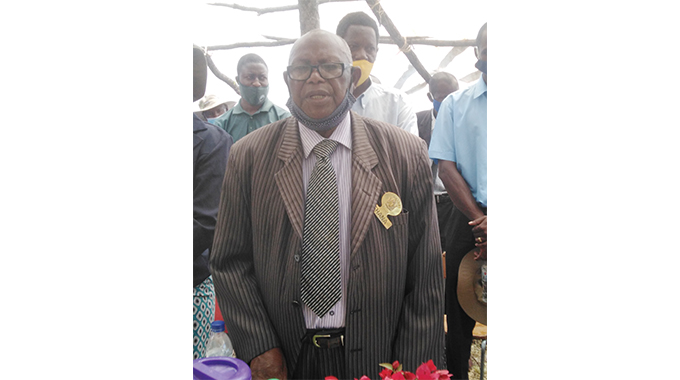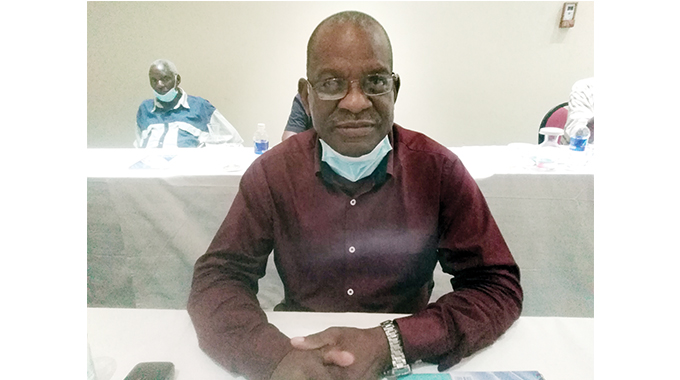Why Nambya sons, daughters cannot succeed their fathers

Sikhumbuzo Moyo
HISTORY informed mankind that royal succession to the throne is through descent, crucially the first son of the King or Chief. That is how it had been even for the famous British royalty until 1688 when James II fled the country.
Parliament held that he had ‘‘abdicated the government’’ and that the throne was vacant. The throne was then offered, not to James’s young son, but to his daughter Mary and her husband William of Orange, as joint rulers. It, therefore, came to be established not only that the Sovereign rules through Parliament, but that the succession to the throne can be regulated by Parliament, and that a Sovereign can be deprived of his/her title through misgovernment. The Act of Settlement confirmed that it was for Parliament to determine the title to the throne.
However, it was still the sons who would be considered for the throne until 2013 when the Succession to the Crown Act amended the provisions of the Bill of Rights and the Act of Settlement to end the system of male primogeniture, under which a younger son can displace an elder daughter in the line of succession.

Chief Whange
The Zimbabwean Constitution also provides for the President to appoint a Chief (he or she) using the Traditional Leaders Act (Chapter 29:17) but the act explicitly states that he (President) shall give due consideration to (i) the prevailing customary principles of succession, if any, applicable to the community over which the chief is to preside; and (ii) the administrative needs of the communities in the area concerned in the interests of good governance; and (b) wherever practicable, shall appoint a person nominated by the appropriate persons in the community concerned in accordance with the principles referred to in subparagraph (i) of paragraph (a): Provided that, if the appropriate persons concerned fail to nominate a candidate for appointment as chief within two years after the office of the chief became vacant, the mnister, in consultation with the appropriate persons, shall nominate a person for appointment as chief.
While laws have been amended to accommodate deserving female heirs to the throne, it is a completely different case in the Nambya culture and the reasons are even more weird.
The heir to the throne is not the first-born, neither is it a son, but a brother to the Chief.
According to Chief Shana, the practice is done to protect the royal blood.
“Our succession is very clear, a brother to the late chief is the heir to the throne, not my offspring,” said Chief Shana.
And the reasons?
“The children are born from a woman who came from somewhere, outside the royal family and who knows, my so-called children may actually not be my biological children but my brothers and I would all have been born from royal blood so it is them (brothers) who must also be given an opportunity to rule,” said Chief Shana.

Chief Nekatambe
The Nambya are found in Hwange District, Matabeleland North province.
According to the Nambya Cultural Association as written, Nambya people were displaced by the colonial government and settled in dry and rocky areas that are not suitable for farming. They gave way to the establishment of the Hwange National Park and the construction of the railway line.
NCA was founded in the early 1960s as it battled for the survival of the Nambya language, known as ChiNambya.
It is not clear how long the Nambya people have lived in their home area (Hwange District) but oral history records at least centuries there. The archaeological record suggests a similar timeframe. Hwange (Hwange District), spelt as Whange, was established by Dendelende Swanga from the Nyai. He was the son of Mambo of the Rozvi Dynasty king.
He is said to have fought and captured many tribes. King Nchengwa Nengasha was the last King of the BaNambya people in terms of authority before white settlers opened the Wankie Colliery Company. The rebellion from 1893 to 1896 brought down the Wange kingdom. After the death of Nengasha, instead of kingdoms, all leaders were appointed as chiefs of chiefdoms. Thus Chief Nemananga and Chief Nekatambe ruled from 1903 to 1950.









Comments